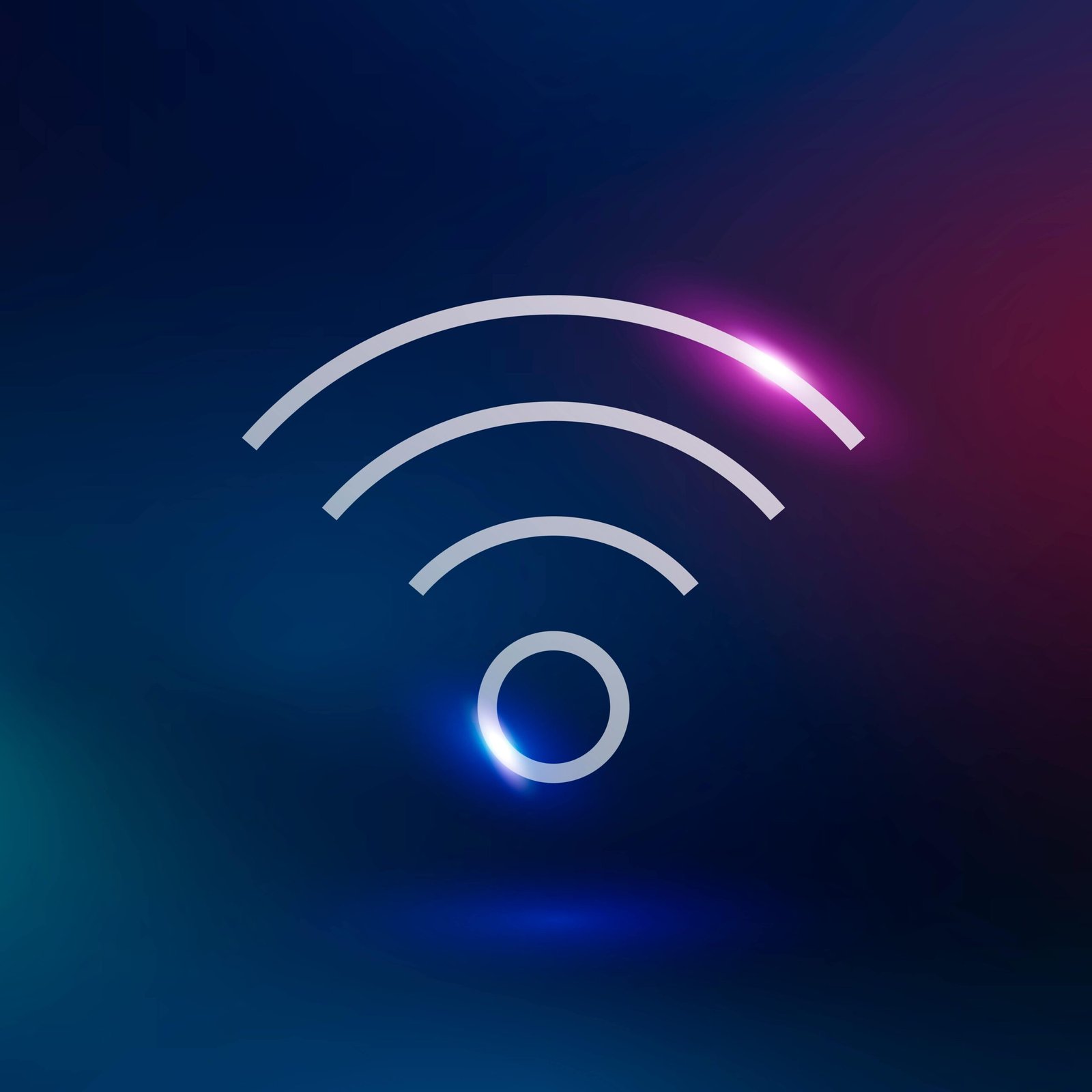
From Infrared Technology to Visible Light: How Light Technologies Power LiFi
Explore how light technology, from Infrared to visible light, powers LiFi's innovation. Learn its benefits and future potential. Read more today!

We’ve seen Infrared technology (IR) in TV remotes and early wireless devices. It has been a reliable method of wireless communication for years now. Today, it’s possible to experience high-speed internet connectivity through light-based communication. This technology is called Light Fidelity (LiFi). LiFi provides high-speed internet connectivity through light-based communication, offering data transmission with enhanced security. In this blog, we will explore the key aspects of this journey.
The Basics of Infrared Technology
Infrared operates just below the visible light spectrum (700 nm to 1 mm) and transmits data through invisible light pulses. These pulses are then received by a photodetector and converted back into electronic signals.
Infrared communication follows standards set by the Infrared Data Association (IrDA). These standards ensure interoperability between devices and define protocols for data transfer rates and transmission distances. Infrared’s range and data transfer speed are limited. IR is best suited for short-range communication. 1-3 meters is the sweet spot. This is because the infrared signal weakens with distance and is less ideal for modern, high-bandwidth applications.
Visible Light Communication: A New Frontier
Visible Light Communication (VLC) takes wireless data transmission to the next level by utilizing the visible light spectrum. The wavelength ranges from 375 nm to 780 nm which allows it to carry more data. VLC works by modulating the intensity of light-emitting diodes (LED) at high speeds, which is not visible to the human eye. This modulation is detected by a photodetector and converted back into data. The broader spectrum of visible light allows for higher data rates and increased bandwidth compared to infrared.
Data Transmission through Light: How It Works
Data transmission via light, or LiFi (Light Fidelity), involves using visible or invisible light to transfer data by modulating LED lights at very high speeds. The LED light sources act as transmitters. The photodetectors receive these light signals and convert them back into electrical data.
LED bulbs modulate their light output to encode data, utilizing several modulation techniques. In On-Off Keying (OOK), the LED switches on and off to represent binary data. In Pulse Position Modulation (PPM) the timing of light pulses encodes information. Orthogonal Frequency Division Multiplexing (OFDM) breaks the signal into smaller sub-signals. These sub-signals are then transmitted simultaneously at different frequencies to enhance data rates.
In controlled environments, LiFi can achieve an impressive speed of over 200 Gbps. LiFi doesn’t interfere with high radio frequency (RF) signals as it uses light signals, making it particularly useful in environments with RF congestion, such as in hospitals and aircraft.
The Importance of 802.11 Protocols in Wireless Data Transfer through LiFi
The IEEE 802.11 standard is crucial for integrating LiFi with existing wireless networks. This standard ensures compatibility and interoperability of LiFi systems to work alongside WiFi. The IEEE 802.11 protocols cover everything from modulation techniques to security measures, making sure LiFi is not only fast but also reliable and secure. To allow LiFi to provide a unified framework for users and get more people to use the technology, it is important to follow these standards.

Experience LiFi Technology in Action with Oledcomm
Imagine your workspace illuminated by LED lights that double as your high-speed internet network. No more cluttered WiFi setups– just seamless, efficient communication. With Oledcomm’s LiFiMAX®, this vision becomes a reality. The LiFiMAX® suite offers data rates that can significantly improve your workflow and productivity, ensuring that your data is transmitted quickly and securely.
Oledcomm’s LiFiMAX® offers a secure, high-speed alternative to traditional WiFi. Whether you're in a busy office, a manufacturing plant, or a healthcare facility, LiFiMAX® provides the speed and security the environment demands. Here’s why you should partner with Oledcomm for your LiFi implementation:
Hassle-Free Installation and Setup
Oledcomm’s LiFiMAX® system is designed for easy and quick installation. You can experience the power of LiFiMAX® with minimal infrastructural changes, reduced downtime, and installation costs.
Superior Speed and Reliability
Compared to traditional WiFi, LiFiMAX ® provides higher data rates with lower latency.It is well-suited for data-intensive environments, providing great performance and reliability.
Enhanced Security Protocols
Data transmission in LiFiMAX® is confined to the illuminated area, significantly reducing the risk of unauthorized access. And with advanced encryption methods, Oledcomm provides an extra layer of security. This is ideal for sensitive environments like corporate offices and healthcare facilities.
Infrared paved the way for many innovations in data transmission through light. Now, LiFi takes this further by using visible light for faster, more secure data transfer. Achieve seamless internet connectivity that’s free from risks and interference with Oledcomm’s LiFiMAX®. Upgrade your network with Oledcomm.
Contact us now to learn more.
Infrared technology uses invisible light pulses for wireless communication, like in TV remotes. While LiFi uses visible light instead of infrared, both technologies modulate light to transmit data. LiFi offers faster and more secure data transfer than infrared.
Ultraviolet technology is not typically used for LiFi data transmission. LiFi primarily uses visible light for its high-speed, secure data transfer capabilities. Visible light is more suitable and safer for indoor environments compared to ultraviolet light.
Data transmission through light, like LiFi, offers higher speeds and enhanced security. It also doesn’t allow any interference with radio frequencies. LiFi is reliable and efficient when compared to traditional WiFi.
LiFi achieves wireless data transfer by modulating LED lights at high speeds. These modulated light signals are received by photodetectors and converted back into data.
Recent articles

Categories
See some more...



